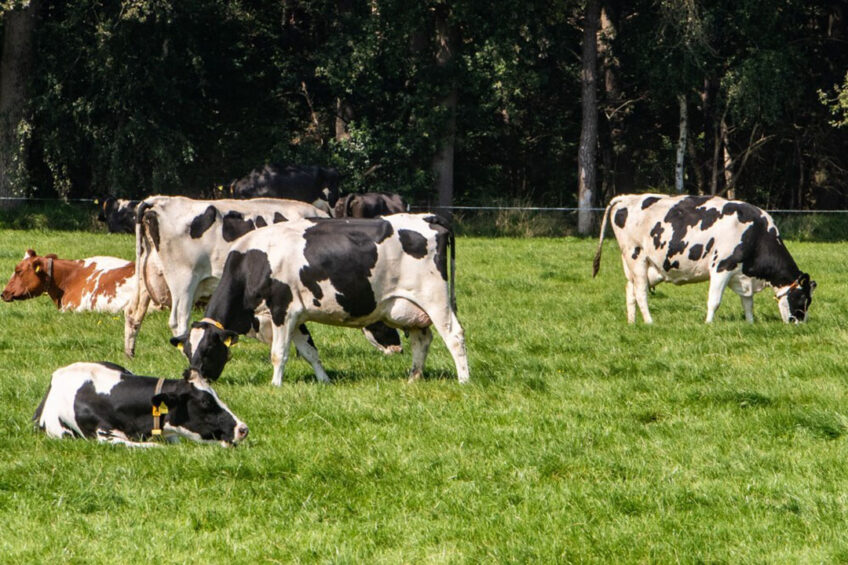UK: Rewarding higher animal welfare on dairy farms

The UK government has commissioned research into how to incentivise and reward higher animal welfare on dairy farms.
The study, which is being carried out by agricultural consultants ADAS and Qa Research, is investigating different design options for potential animal welfare incentive schemes Defra are considering.
Producers are being asked to take part in a survey, which explores the uptake and effectiveness of potential incentive schemes based on payment by results (PbR) for higher animal welfare standards in farming. PbR will reward farmers for achieving high animal welfare outcomes.
In the survey, Defra asks producers about 3 types of schemes that it is considering:
- An input only scheme payment which is only conditional upon implementing specified inputs – for example, a specified stocking density.
- An outcome-only scheme payment conditional upon achieving the specified outcome – such as below a specified mortality rate.
- A hybrid scheme which provides payments for inputs to assist farmers in achieving the animal welfare outcome and a premium if they achieve that outcome. The first part of the payment is conditional on the implementation of the inputs and the second part is conditional upon achieving the outcome.
It says producers should assume that each scheme will have unlimited access and no quotas and that payments will be secure for 5 years and be made quarterly.
Pain management
Examples of its thinking include paying farmers different rates up to £1.00/animal for using local anaesthesia and analgesia for disbudding or castration, and £2.00/animal for both disbudding and castration.
Improving lameness rates
These 3 schemes are being asked for comment around improving lameness. An example would be, in return for £10/animal, the input based scheme enhancement level requires producers to have cubicles or loose housing with clean deep (approximately 15cm) compressible surface/bedding, at least quarterly foot trimming, daily foot baths and monthly mobility scoring.
The hybrid scheme would pay farmers £15/animal pre-payment and £15 post-payment but would want to see evidence that less than 10% of cattle had a score of 2 or 3 for lameness.
The outcome-based measure would pay £10/animal for less than 15% of cattle with a score of 2 or 3. Payments could rise to £45/animal for the outcome-based scheme if farmers had less than 5% of cattle with scores of 2 or 3.
Calf rearing
In this area, Defra is looking at calf rearing up to 8 weeks. For the input-based scheme, farmers would be paid different rates for rearing calves in pairs/groups since separation from the cow (with low levels of disease), or with at least 10m of space in one direction or in addition to 10m of space environmental enrichments (e.g., short lengths of chain, brushes or hayballs) that would be provided for calves from 6 weeks of age, for which farmers could be paid up to £15/animal in one scenario.
The questionnaire also asked about farmers’ current lameness prevalence and the current costs to maintain lameness at current prevalence levels.
The payments are being introduced as direct payments decline. Money will be reinvested, says Defra, to support the production of healthier, higher welfare animals. The department is focusing on improvements which are valued by the public but not sufficiently delivered by the market.
Join 13,000+ subscribers
Subscribe to our newsletter to stay updated about all the need-to-know content in the dairy sector, two times a week.










